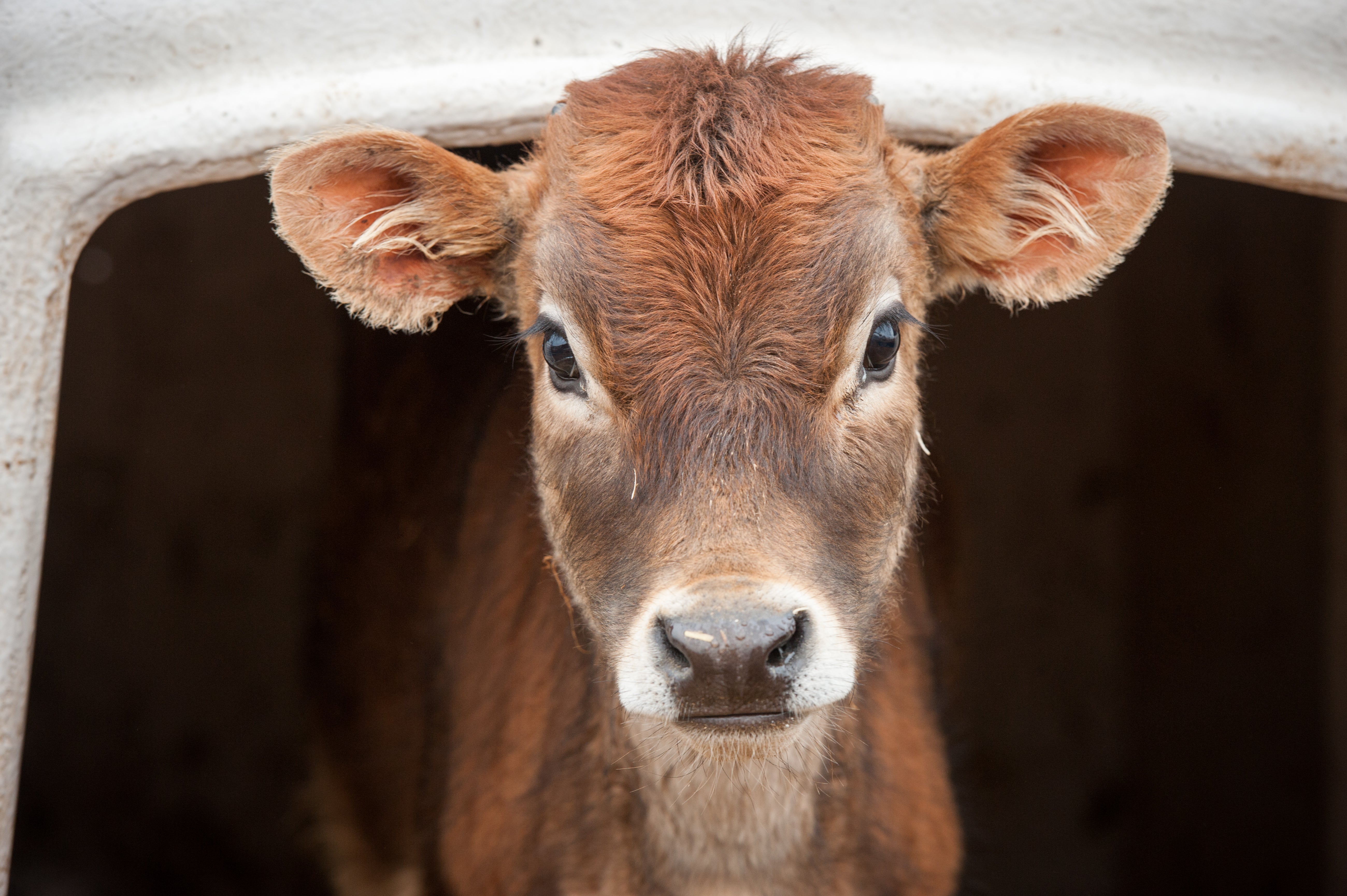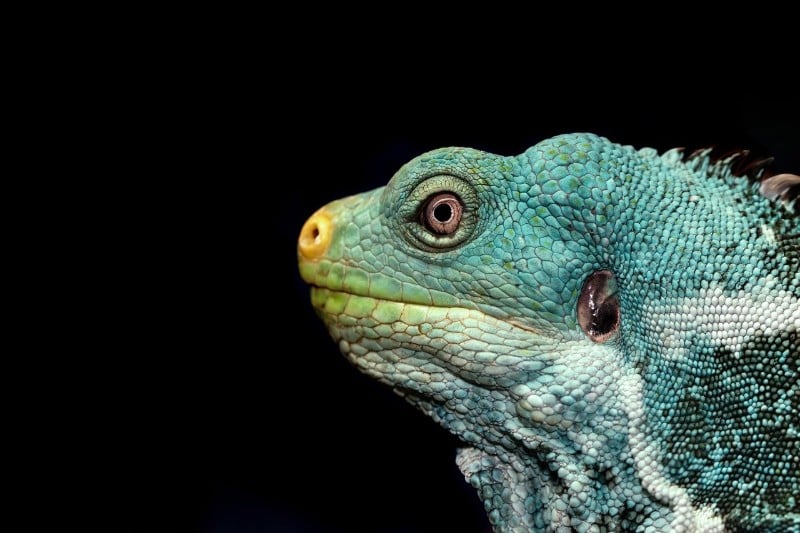
Influenza D, a relatively recent addition to the alphabet of flu viruses, most commonly infects cattle. But experts have their eye on the threat it could potentially pose to humans.
Veterinarians first identified influenza D in pigs in 2011 and later sleuthed out the virus’s primary host: cattle. Scientists have since been watching for any signs that this bovine flu is infecting humans, as flus from birds and pigs sometimes do. There’s currently no definitive proof, but there are worrying hints that human infection is possible—and that if luck favored the virus on a couple key fronts, it could begin spreading among people.
“I think it’s fair to say that influenza D has everything it needs to infect humans from a scientific standpoint,” says Feng Li, a virologist at the University of Kentucky, who helped identify the virus as a new type of influenza.
Scientists have identified four different types of influenza virus, most of which infect humans. The flu vaccines distributed in the U.S. each fall are tuned to two strains each of influenza A and B. Influenza C is very common but typically mild, except for some cases in infants, and there is no vaccine for it. Influenza D is the most recently identified type and the only one that has not been confirmed to infect humans.
Influenza D is believed to be most prevalent in cattle. A nationwide survey in 2014 and 2015 showed that about 75 percent of the animals carried antibodies to the virus. It seems to cause only mild bovine infection, says Mayara Maggioli, a veterinary immunologist at Oklahoma State University. “It’s a very subtle disease,” she says. “It’s very well adapted.” Infected cattle can have symptoms that aren’t so different from the flu we all know: runny noses or eyes, increased heart and breathing rates and a fever, cough or reduced appetite. “It’s very similar to what we see in humans,” Maggioli says. Experiments have shown that inoculation can protect cattle from infection, but there is no commercially available vaccine for them.
Whether humans can be infected with influenza D is less clear. “There’s evidence out there that suggests it might be happening, but it’s far from conclusive,” says Richard Webby, a virologist at St. Jude Children’s Research Hospital in Tennessee. “The data that’s out there could go either way.” NPR reported on the virus’s potential to jump to humans last month.
Influenza D has scientists particularly concerned for people who spend long hours in close contact with cattle, especially in confined spaces. And recent research has found hints of the virus in this population. A 2022 study found viral particles on nasal swabs from cattle workers, but viruses can be present without actively infecting a person. A 2016 study found that cattle workers carried antibodies that reacted to influenza D, but influenza C is similar enough that antibodies for the latter can respond to the former as well, Webby says.
Although scientists have plenty of experience monitoring potential influenza spillover from animals, those efforts have focused on birds and pigs—not cattle. That’s because avian and swine influenzas have caused pandemics in humans, including the 1918 flu pandemic, which was caused by a virus that originated in birds, and the 2009 swine flu pandemic. Bovine viruses, as far as scientists know, have never wreaked such havoc. An avian influenza recently infected nearly 60 million poultry birds in the U.S. but has only infected one human, and no cases have been reported in humans in the U.S. since April 2022, according to the Centers for Disease Control and Prevention.
“From the flu perspective, certainly cows have never really been thought about in studies of spillover,” Webby says, although he notes that some groups are starting to investigate human-cattle interactions more closely. “It’s definitely an understudied interface. We absolutely need to know more about it.”
If influenza D were to start infecting humans, the first sign would likely be respiratory symptoms in cattle industry workers—and even the studies that show potential human immune reactions to the virus haven’t documented any sick workers. The second key piece of information would be if people with no direct interaction with cattle began to get sick, which would suggest the virus was spreading among humans.
Even if those two developments occurred, it’s not certain that influenza D would be disastrous among humans, especially given its relatively benign effects on cattle. “In a human, I think probably, disease-wise, it should be mild,” Li says. But “as we all know, Mother Nature cannot be predicted.”
All three experts Scientific American spoke with say there’s no guarantee the virus won’t eventually start infecting humans. “We’ve absolutely got to treat it with respect. We’ve absolutely got to learn more about it,” Webby says. “You can’t say there’s no risk of this virus at all. I think that would be a naive statement.”

























































